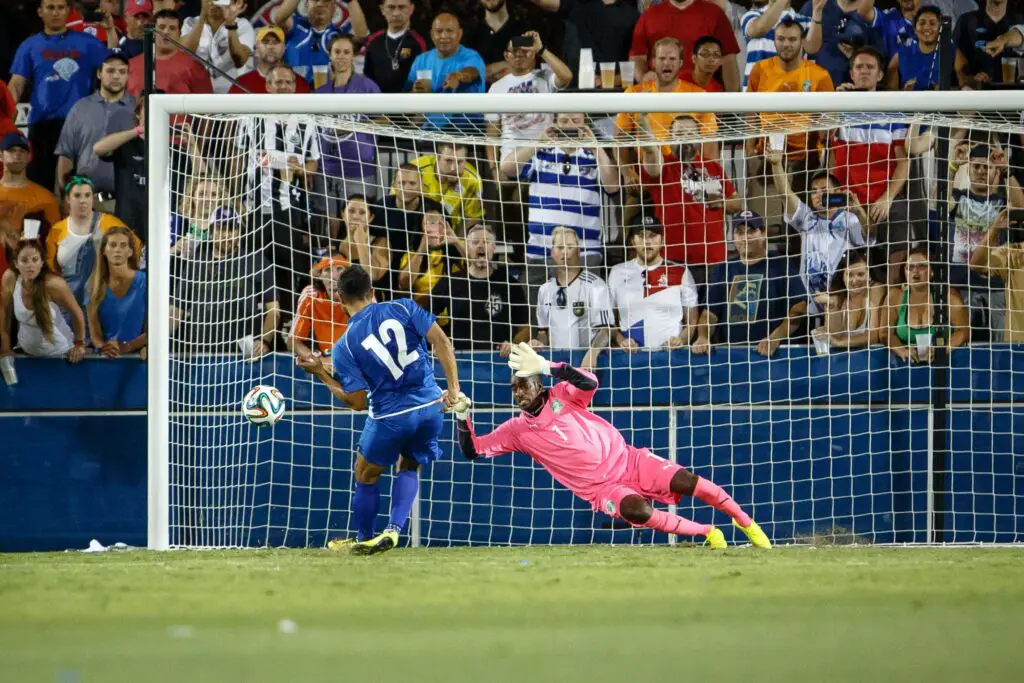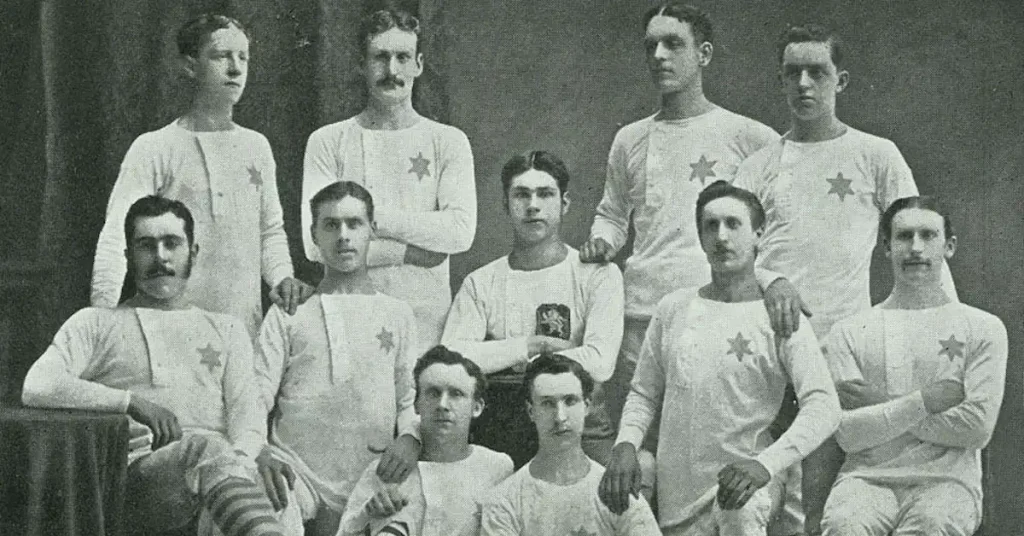It’s hard to give an exact figure, but the average penalty kick in professional football ranges between 70 and 80 mph(112.65kph-128.74kph).
When it comes to the world’s most beloved sport, football, few moments generate as much anticipation, dread, excitement, and fear as the penalty kick.
Thrusting penalty takers under immense pressure, penalty kicks are the cruellest determiner of football matches.
With the pain and disappointment part of the emotional merry-go-round that is football, penalties are a subject of much scrutiny and fascination among fans, and players.
While the accuracy and placement of a penalty kick are often emphasized, the speed at which the ball travels is equally vital. In this article, we delve into the intriguing world of penalty kicks to unveil the average speed at which they are struck.
The Science of Speed
Before exploring the average speed of a penalty kick, it is essential to understand the factors that influence it. The speed of a penalty kick is dependent on a variety of factors: The physical abilities of the player, their technique, and environmental conditions such as wind speed and temperature.
Moreover, the state of the football itself plays a huge role; its inflation level affects how the ball responds to the impact of the player’s foot, with a more deflated ball absorbing much more of the kinetic energy than a taught, well-inflated football.
The material that makes up the football also matters, with modern footballs far lighter than footballs of even 20 years ago, thanks to being made from Vulcanized rubber and synthetic materials.
Research and Analysis
Several studies have been conducted to examine the speed of penalty kicks. While there is no universally agreed-upon figure, research indicates that the average penalty kick speed ranges from 70-80 miles per hour (112.65kph-128.74kph).
When it comes to finding the fastest penalty kick recorded, there seems to be little data. However, we do know the fastest free-kick in professional history. As both penalties and Free-kicks are dead-ball scenarios, there’s no reason a penalty couldn’t reach the same speed.
On November 26, 2006, Ronny Heberson playing for Sporting CP would strike a Free-kick just on the edge of the box at 131 mph(210.8kph), cannoning off the crossbar as it thundered past a helpless goalkeeper, who was probably relieved to see the strike crash in without hitting him.
Factors Influencing Speed
The speed at which a penalty kick is struck is influenced by various factors. One crucial aspect is the technique employed by the player. A well-executed penalty kick involves a combination of power and accuracy, but neither can be reliably achieved without proper technique when striking the ball.
The player’s ability to generate power, using proper shooting technique, contributes significantly to the speed of the shot.
The type of ball used also affects the speed of the penalty kick. The design, weight, and material of the ball can vary, leading to differences in its velocity when struck. Furthermore, external conditions such as wind speed and temperature can either aid or hinder the ball’s speed and trajectory.
One such example was the infamous Jubilani football of the 2010 South African World Cup, a nightmare for keepers and strikers, the ball was incredibly lightweight, making simple shots impossible to read for keepers, whilst strikers struggled to hit the target reliably, the ball often flying high and wide




